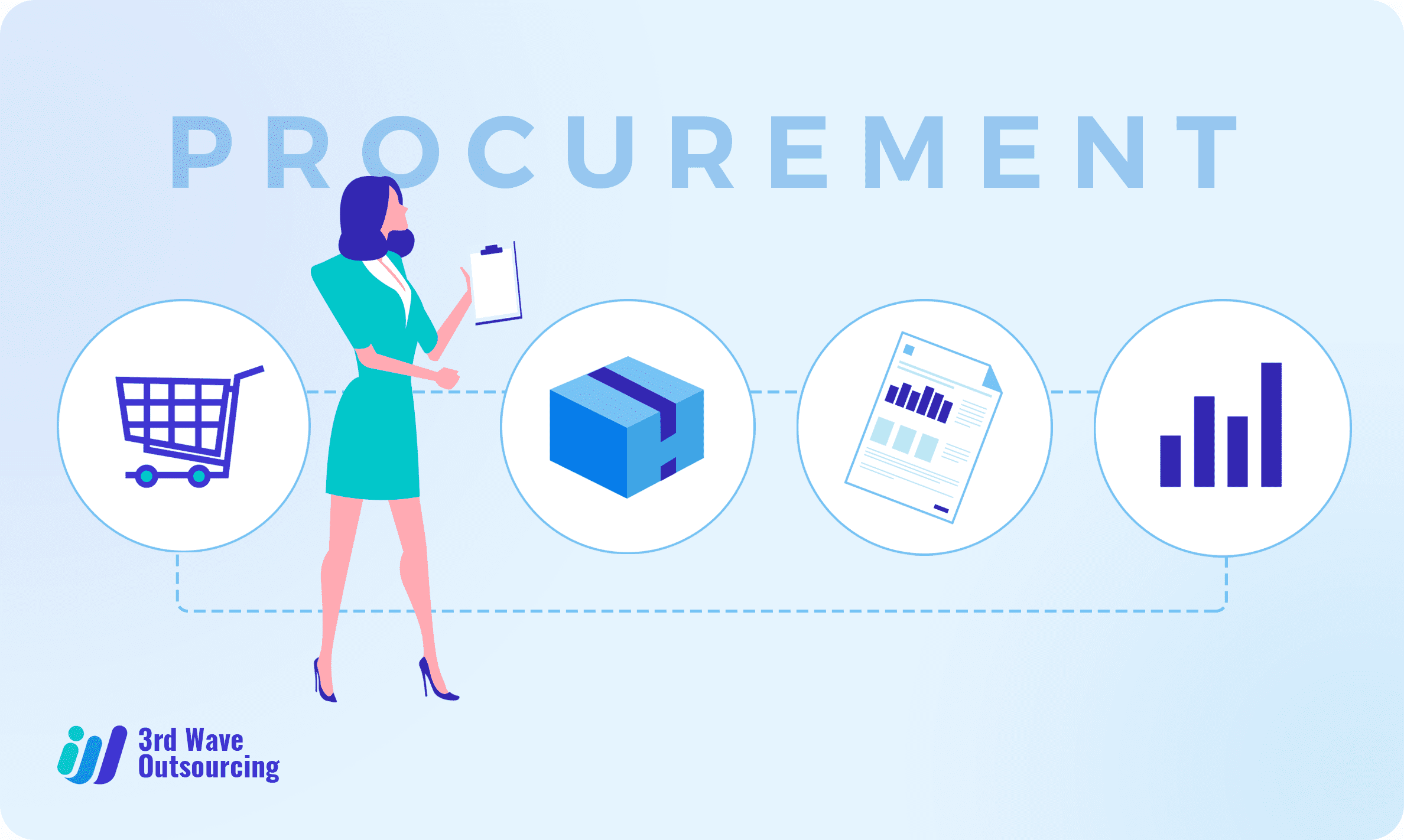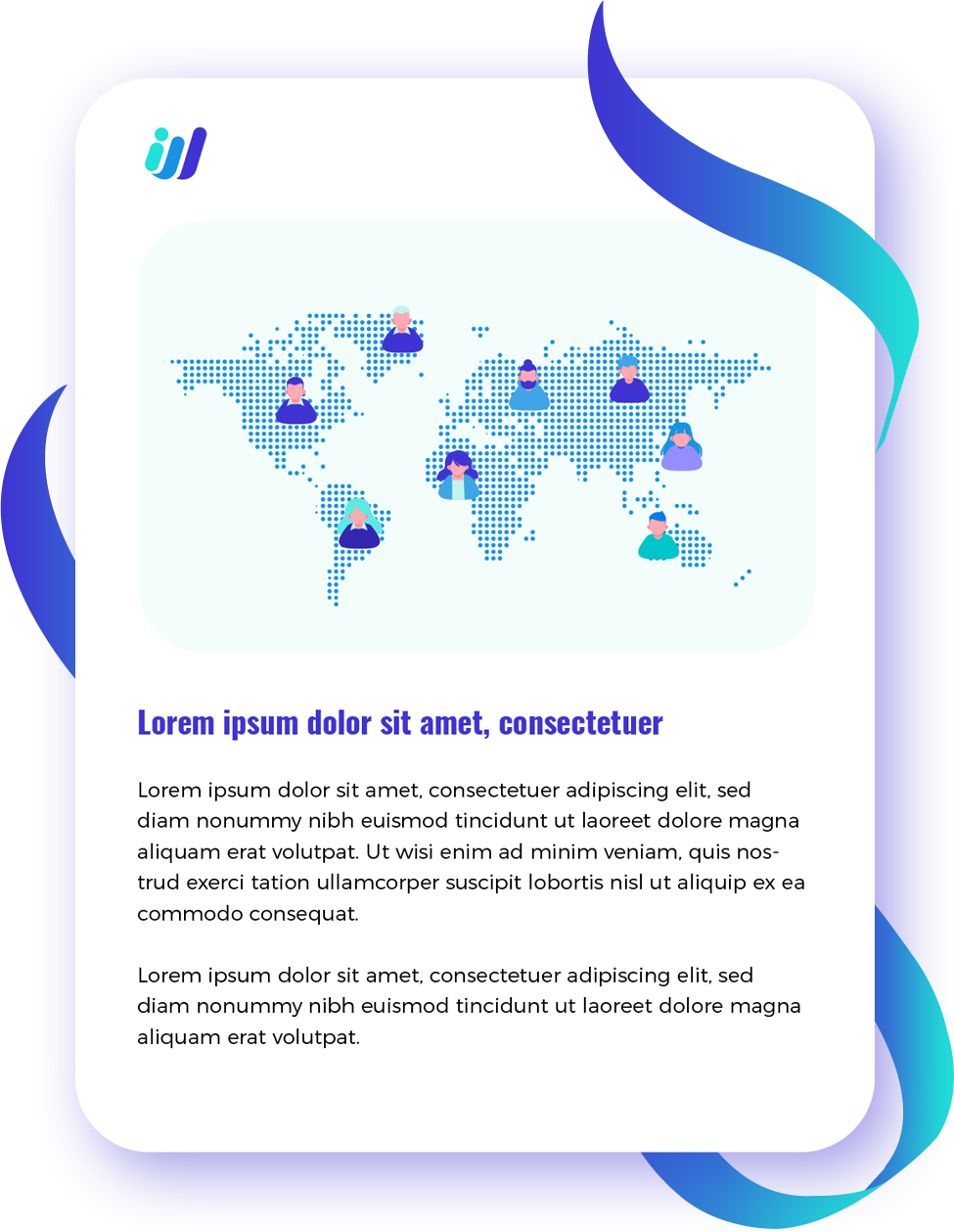The COVID-19 pandemic has put a huge burden on global supply systems, suspending production and shutting down airports and seaports, disrupting raw material and finished goods deliveries. Procurement departments went into crisis mode at the start of the pandemic to help companies avoid interruptions, such as acquiring personal protective equipment for personnel and assisting smaller suppliers with cash flow management.
When we consider the globally disruptive events over the last few years, we don’t see a lot of silver lining. However, major crisis events such as influenza and the Suez Canal blockade have aided leading procurement teams in stepping into the spotlight and demonstrating their skills in risk mitigation and business continuity.
However, today’s procurement teams don’t always have the expertise to spot developing risks across supplier portfolios and important categories. It’s something that can only be accomplished with the appropriate mix of real-time intelligence, technology that streamlines and augments procurement processes, and deep risk, category, and commodity knowledge.
According to McKinsey and comments from global procurement executives, organizations can continue to rely on procurement to help them recover from the current crisis, just as they have in the past. Organizations can take charge by rethinking not only what procurement does, but also how it functions and what new capabilities it will require.
Omer Abdullah of The Smart Cube offers three methods to empower procurement teams to prepare for tomorrow, today, from strengthening supplier relationships to proactively managing risk. These skills may help businesses prepare for the next major supply chain crisis and guarantee that they’re prepared for whatever the future holds.
1. Nurturing stronger supplier relationships
Strong supplier relationships, especially strategic ones, have long been a vital asset for businesses of all sizes. They can assist you in securing value-adding contracts, exclusive deals that add unique capabilities or goods to your portfolio, and, most importantly, ensuring that you receive preferential treatment when supply is limited for any reason.
Many firms realized the true significance of those partnerships firsthand as the epidemic first began to ramp up in early 2020. Those that were lucky enough to have them were able to preserve their supply of commodities, but others were unable to obtain what they required at the appropriate moment to continue operating.
Because procurement teams’ time is limited and their attention is distributed over so many suppliers, they can’t always cultivate relationships as much as they would like.
One of the “hidden” advantages of procurement empowerment is this. You can buy procurement teams the time they need to create closer connections with suppliers if you can automate regular processes for them or hasten the supply of category or risk insights to free them from manual data analysis.
You’ll free up your procurement experts to work more closely with suppliers, allowing for greater innovation and contract renegotiation while also ensuring a stable supply of crucial items in the event of a crisis.
2. Developing a more comprehensive and proactive view of supplier risk.
One of the most critical roles of any procurement department is to develop and maintain a clear view of supplier risk – and to understand its implications for the business.
To do this successfully requires a lot of time and effort, which has led many teams to fall into the trap of working nonstop simply to keep a retroactive picture of risk that’s tough to act on.
Annual risk reports for certain high-risk suppliers are excellent for providing an overview of that supplier’s risk exposure and may even assist you in spotting emerging risk concerns. They don’t, however, tell you when such risks are likely to affect your organization or what steps you may take to mitigate them before they occur.
Procurement teams that have a real-time picture of supplier risk – one that alerts them to emerging hazards as they occur – can move away from reactive risk analysis and toward proactive risk reduction.
This real-time perspective of supplier risk contributes to a shift in procurement thinking. Teams can assess risk insights instantly, when they’re most important, and act on them right away to produce value and defend the organization, rather than looking back at historical risk trends and making assumptions about them.
3. Looking beyond suppliers and focusing on global trends
Once the procurement team is freed from time-consuming, retrospective supplier risk research, they have more time to look beyond their current supplier base and keep a closer eye on global commodities trends.
Often, the same intuitive platforms that give reliable supplier risk insights can also deliver reliable category and commodity insights. As a result, procurement teams have access to a single source of data and a consolidated perspective of risk across suppliers, categories, and locations.
Procurement teams can change their operations and reduce the effects of disruptive crisis occurrences that come from having a thorough, real-time perspective of risk. Teams can understand where the largest hazards to their operations are arising right away and figure out what steps they need to take to reduce the impact.
And, as we’ve seen over the last few years, that level of understanding can mean the difference between keeping things running smoothly and watching them grind to a halt.
Today, empower procurement teams and get ready for the next major disruption.
Procurement and supply chain teams have been thrown into chaos during the last 18 months. The crises we’ve witnessed have been catastrophic, but they’re nothing new in retrospect.
Procurement teams and their businesses are now more exposed to risk than ever before, thanks to today’s global strategies and supplier portfolios. We don’t know what the next crisis will look like, but we can predict that it will occur – and that it will occur sooner than we expect, based on history.
Organizations may take a big step toward reducing the effects of recent events by giving procurement teams the time, resources, and insights they need to take a proactive approach to risk management.
Are you working towards a future-ready transformation?
Procurement departments must change how they function and cooperate with internal and external stakeholders to lead in the new normal. Adopting an agile operating model could aid procurement activities in quickly scaling up or down in response to supply shortages. A cross-functional “sprint team” may be assigned to expedite capturing value in a certain spend category, or a “negotiation factory” could be set up to deliver contract negotiations in an assembly-line fashion, or a new supplier could be onboarded quickly using agile methodologies.
These new ways of working necessitate new skills: data engineers and data scientists are becoming more frequent in top procurement departments, and demand for data capabilities is growing across the board. Procurement leaders will also want to improve their soft skills to build strong relationships with suppliers and communicate more effectively with internal departments across the company in a more agile manner. This will necessitate attracting fresh talent as well as upskilling current employees. To engage experienced personnel and enhance their potential, leading companies are using virtual training approaches and gamified digital technologies. The winning procurement businesses will embrace a culture of lifelong learning.
Procurement can help a company recover from a pandemic. Forward-thinking businesses will go even further and fully reinvent the function to maximize the value it can provide. Investing in stronger, future-ready procedures and capabilities – including access to global top talents – will pay off, allowing businesses to emerge stronger and better prepared for any future crises. Request a FREE copy of the e-book on Third Wave Outsourcing.



